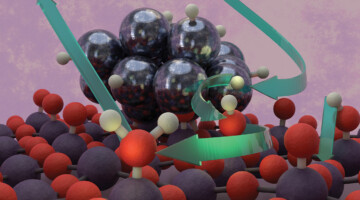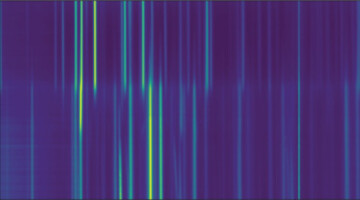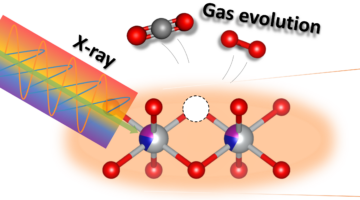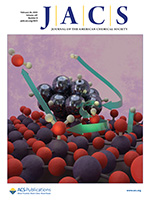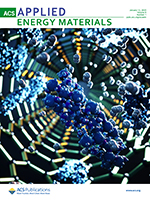Layered 2D/3D perovskite bilayer heterostructures have the potential to boost the performance and durability of many types of electronic and photonic devices, but maintaining this performance depends on the stability of the cell’s 2D interlayer. In this study, researchers optimized time-resolved, spontaneous thin-film deposition of 2D perovskites using a mixed solvent approach to produce phase pure, stable thin films with high crystallinity. Read more »![]()
![]()
Multimetallic Systems Convey Cost-Effective Hydrogen Storage
A bimetallic material (Pd-Ni) produces hydrogen-active nanopockets that improve the efficiency and lower the cost of hydrogen storage systems. Mechanistic understanding of a Pd-Ni bimetallic system paves the way to design cost-effective hydrogen storage, opening new opportunities to develop reliable energy technologies necessary to advance the energy industry. Read more »![]()
![]()
Catalysts Get a Boost with Atomic-Level Tinkering
A research team led by Berkeley Lab designed and fabricated catalysts by precisely tuning the co-localization of active metals—key catalytic centers for specific steps in reaction pathways—offering a new level of control over catalytic performance. Read more »
Catching “Hydrogen Spillover” onto a Catalytic Surface
Researchers uncovered the precise mechanism of hydrogen spillover (H2 splitting and migration) onto a catalytic surface by watching it happen under various conditions. The research lays the foundation for designing more efficient catalysts and storage materials essential for next-generation hydrogen energy technologies. Read more »![]()
![]()
Energy-Saving, Acid-Free, Hard-Rock Lithium Extraction
Researchers used in situ x-ray diffraction to develop a direct, more energy-efficient, and cheaper way to extract lithium from its source mineral, spodumene. The approach not only promises to reduce energy consumption and processing costs but also supports the sustainable scaling of lithium production to meet growing market needs. Read more »![]()
A Clearer Look at Lithium-Ion Traffic Jams in Batteries
By directly visualizing the uneven insertion of lithium ions into electrodes with well-defined crystal orientations, researchers learned why fast charging decreases battery lifespan and performance. The work could provide insights into better battery utilization and help investigations of the surface insertion reaction during fast charging. Read more »![]()
![]()
Reaction Mechanism of Commercial Lithium-Ion Battery Cathodes
Researchers used soft x-ray resonant inelastic x-ray scattering at the ALS to understand the role of aluminum doping in improving the stability of commercially used cathode materials for lithium-ion batteries. Read more »
Operando Unveiling of Hydrogen Spillover Mechanisms on Tungsten Oxide Surfaces
An artistic depiction of hydrogen spillover on Pt/WO3, illustrating H2 activation and dissociation on Pt metal clusters, followed by hydrogen migration to WO3 for water formation. At elevated temperatures, water desorption and surface-to-bulk diffusion of hydrogen drive tungsten redox and oxygen vacancy formation on the surface of WO3. Read more »
Nanoconfinement of High Hydrogen-to-Metal Ratio Lanthanum Hydrides in Functionalized Carbon Hosts
Metal hydrides with a high hydrogen content are important for materials-based hydrogen storage and high-temperature superconductivity. Nanoconfinement of metal hydrides in porous hosts is a promising strategy to tune the thermodynamic stability and control the hydrogen-to-metal ratio. X-ray absorption and photoelectron spectroscopy provided detailed information about the local chemical environment of LaHx species within carbon hosts. Read more »
Advancing high-temperature electrostatic energy storage via linker engineering of metal–organic frameworks in polymer nanocomposites
High-performance, thermally resilient polymer dielectrics are essential for film capacitors used in advanced electronic devices and renewable energy systems, particularly at elevated temperatures where conventional polymers fail to perform. Herein, we unravel the untapped potential of UiO-66 metal–organic framework (MOF) derivatives as exceptional nanofillers for tuning the properties of the widely used polyetherimide (PEI). Read more »
- 1
- 2
- 3
- …
- 16
- Next Page »



